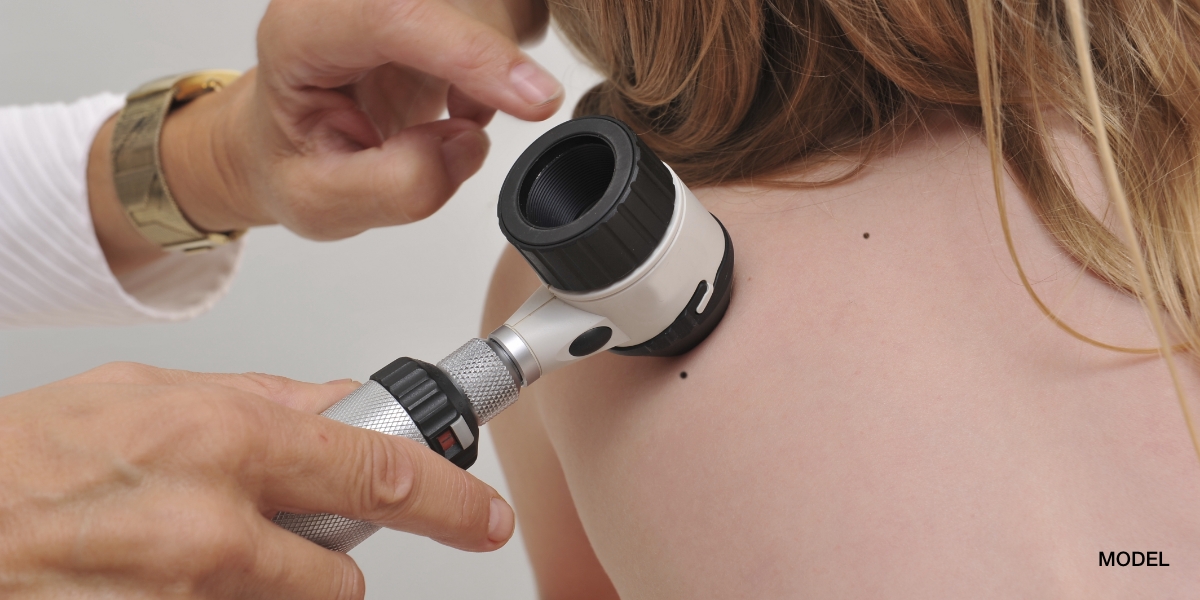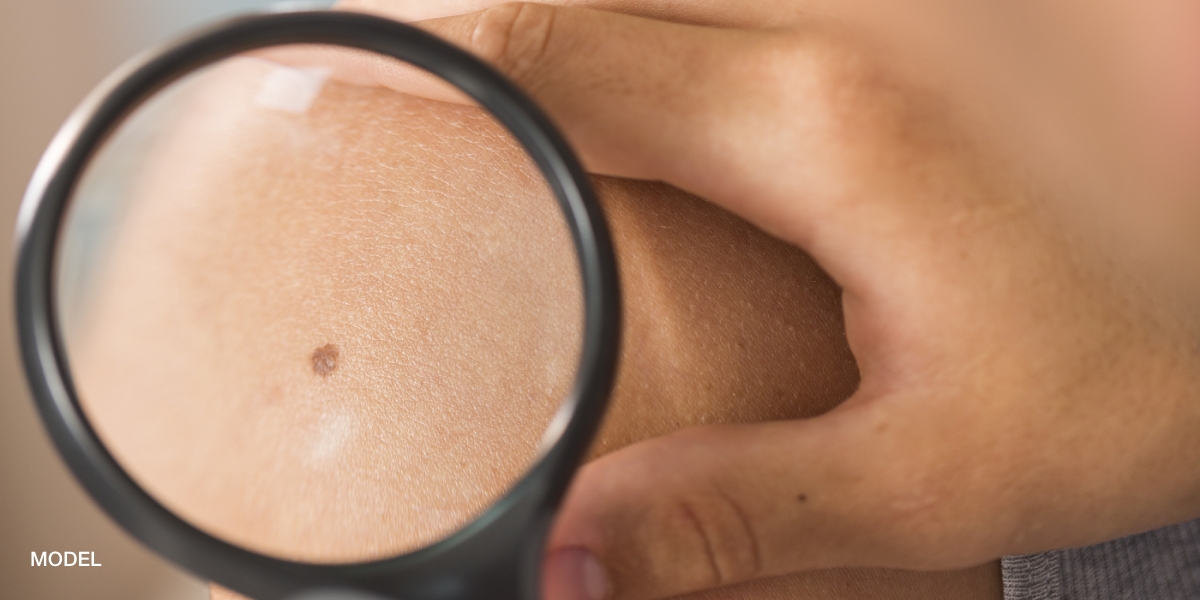
In the US, skin cancer is the most commonly diagnosed type, with over 2 million new cases expected yearly. With so many lives being affected by this disease all the time, it’s no wonder it’s on the minds of people all over the nation. It’s commonly known that early diagnosis is the key to successful treatment, so many concerned residents ask “What does skin cancer look like?”
Types of Skin Cancer
Skin cancer is generally divided into melanoma and non-melanoma categories. Non-melanoma cancers, including basal cell and squamous cell carcinoma, are by far the most prevalent – and the most treatable. Despite its relative infrequency, though, melanoma is still the most deadly, accounting for over 75% of all skin cancer related deaths.
To properly answer the question at hand, let’s have a look at each type individually:
- Basal Cell Carcinoma: this non-melanoma type may appear only slightly different from normal skin, presenting as a bump or growth that is pearly or waxy, white or light pink, flesh-colored or brown. In some cases, the skin may be just slightly raised or even flat. Signs of this may also include skin sores that bleed easily or don’t heal, oozing, crusting, or sunken areas in a sore, irregular blood vessels in or around the spot in question, or the appearance of a scar-like sore without a related injury.
- Squamous Cell Carcinoma: this non-melanoma type can appear as a scaly growth that develops a crust or bleeds, a sore that doesn’t heal, or a firm red nodule. It occurs most frequently on the lower lip, hands, nose, forehead, ears, and other sun-exposed areas of the body.
- Melanoma: possible indicators of melanoma can include a change in the appearance of a pigmented area or mole. If a mole changes in color, size, or shape, is more than one color, has irregular edges, is asymmetrical, or itches, bleeds, or oozes, you should see Dr. Perri right away.
Diagnosis and Treatment
Regular self-checks and annual dermatologist examinations of your skin are your best defense against skin cancer. Treatment is easiest with non-melanoma cancers, but even with melanoma, early detection can greatly increase your chances for successful removal. At the first sign of any of the symptoms listed above, don’t hesitate to schedule an appointment with Dr. Perri. Even if it turns out you have no reason to worry, the peace of mind of knowing for certain is worth it.
What Does Skin Cancer Look Like? Dr. Anthony J. Perri can catch skin cancer before it’s too late. Call today for your appointment.




